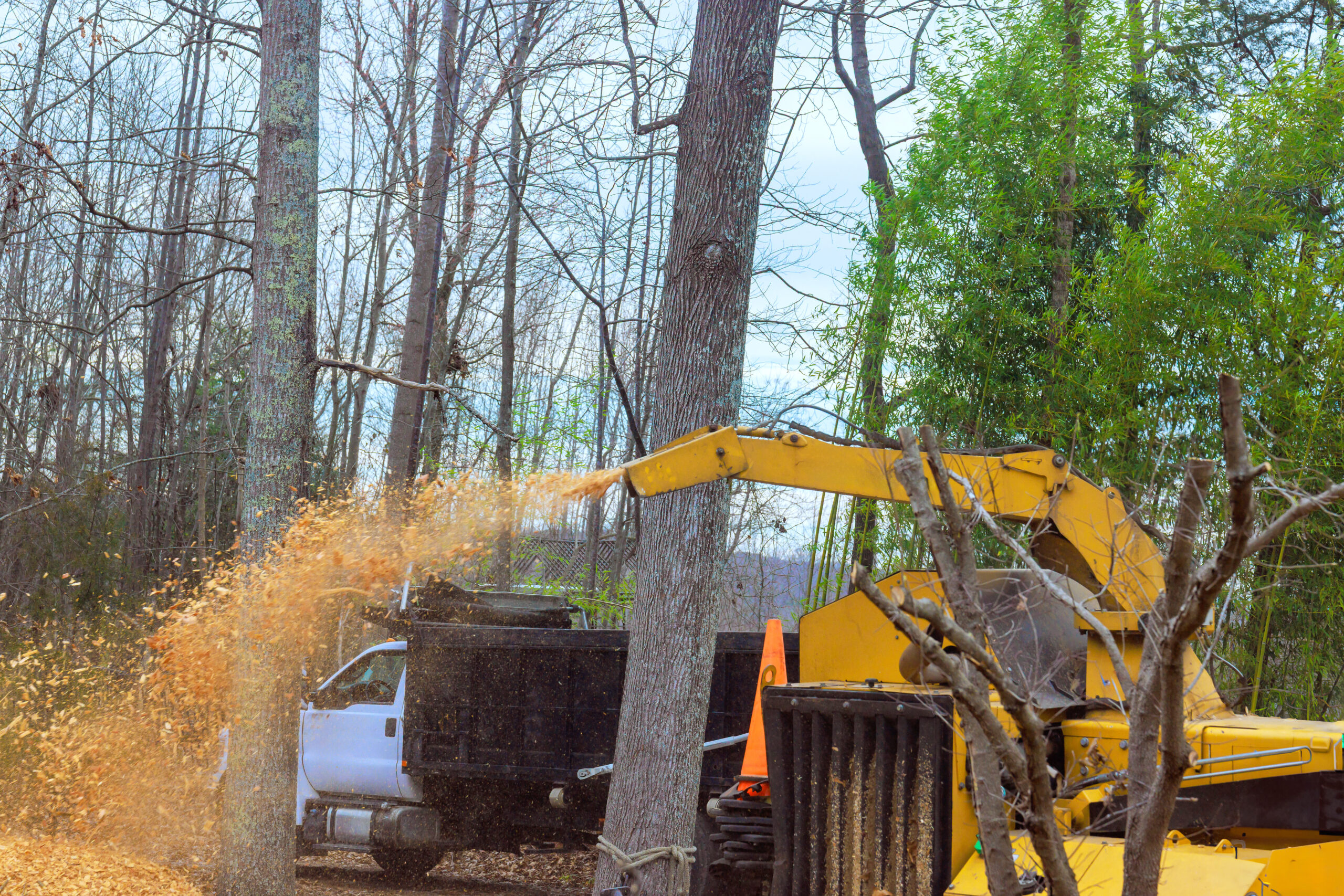Clearing large amounts of branches, leaves, and debris is backbreaking work. For landowners, landscapers, and farmers, woodchippers simplify landscaping cleanup, transforming unwieldy debris into manageable mulch or chips.
However, buying a woodchipper is a significant investment, and selecting the wrong one could cost you time, money, and effort. Here are a few things to know before buying a woodchipper.
Assess Your Chipping Needs
Start by determining how you plan to use your woodchipper. Will you primarily chip garden clippings and smaller branches, or are you dealing with tree limbs and heavier debris on farmland? For light landscaping projects, a smaller residential chipper might suffice.
However, professional landscapers or farmers facing heavy-duty cleanup will need a commercial-grade model that can handle tougher tasks. Understanding your specific needs ensures you don’t end up overpaying for unnecessary features or purchasing an underpowered machine.
Understand Woodchipper Types
Not all woodchippers are created equal. Broadly, they come in three types: electric, gas-powered, and PTO (Power Take-Off) chippers. Electric woodchippers are compact and suitable for homeowners dealing with light debris in small yards.
Gas-powered models are versatile, portable, and capable of handling more substantial materials, making them a favorite among landscapers. PTO chippers attach to tractors, offering high capacity ideal for farmers working on large properties. Knowing these distinctions will help you match the right chipper to your operating environment.
Consider the Chipper’s Capacity
A woodchipper’s capacity refers to the maximum diameter of branches it can process. Entry-level models handle branches up to one to two inches in diameter, while heavy-duty models process up to six-inch branches or larger.
Ignoring capacity can lead to frustrating jams or even machine damage. Always choose a chipper that exceeds the largest branch size you anticipate handling to avoid running into unnecessary downtime.
Evaluate Engine Power and Performance
The engine powers the shredding and chipping process, making it a critical factor to evaluate. For farm use or professional landscaping, a gas-powered chipper with higher horsepower (measured in HP) ensures efficient processing of tough materials.
If you’re considering an electric model for garden use, make sure it has sufficient power (measured in amps) to meet your requirements. Comparing manufacturer specifications ensures you select a machine built for optimal performance.
Safety Features Are Paramount
Woodchippers are dangerous without proper safety measures. Look for models featuring emergency shutoff controls, locking mechanisms, and feed stops to prevent accidents.
Additionally, safety shields and extended hoppers keep hands at a safe distance while feeding materials into the machine. Make sure the woodchipper you choose complies with current safety standards, as personal protection should always come first.
Assess Mobility and Storage
Mobility and storage often get overlooked but play a significant role in woodchipper selection. If you need to transport the chipper between job sites, a towable or wheeled model can help. Compact electric chippers are lightweight and easy to store, making them ideal for residential use.
However, larger gas-powered or PTO models might need more storage space and transport planning. Consider where your chipper will reside when not in use to avoid unexpected challenges.
Buying the right woodchipper requires careful consideration of your needs, capacity, engine power, and safety features. By understanding these factors, you’ll save time, effort, and avoid costly mistakes. If you’re ready to simplify your landscaping cleanup, start exploring options tailored to your requirements today.
Texas Outdoors
Latest posts by Texas Outdoors (see all)
- Benefits of Two-Way Radios for Hiking and Camping – June 23, 2025
- What To Consider When Staying at Your First RV Campground – June 18, 2025
- A Quick Guide for the Different Off-Road Trail Ratings – June 11, 2025

Leave a Reply